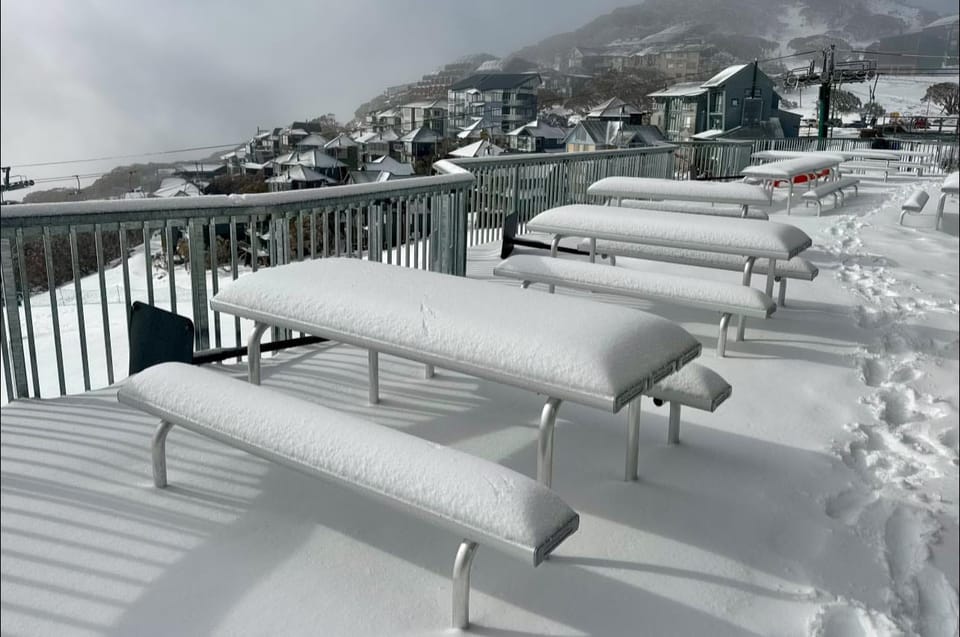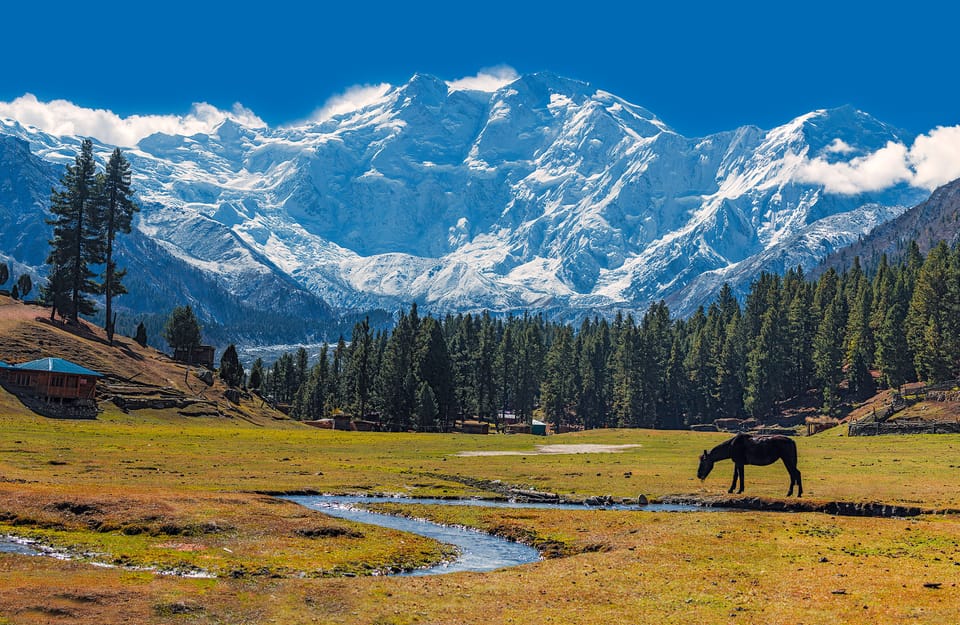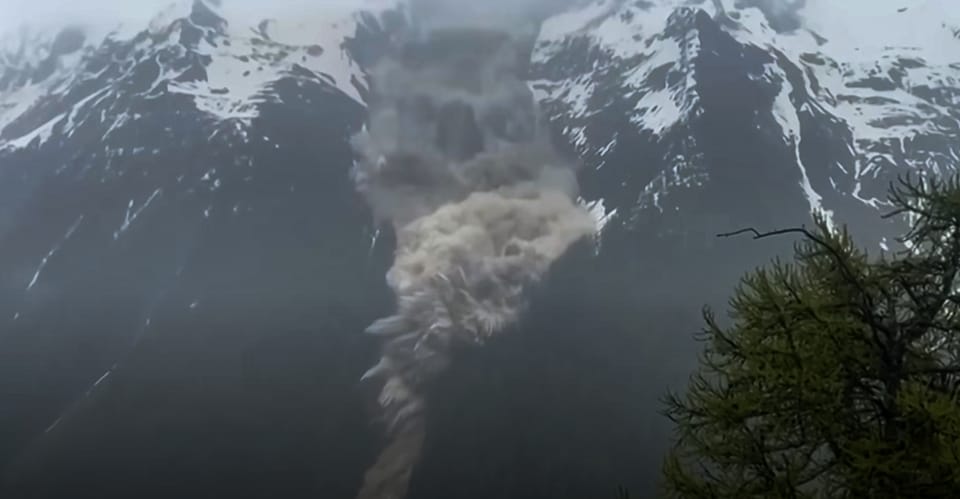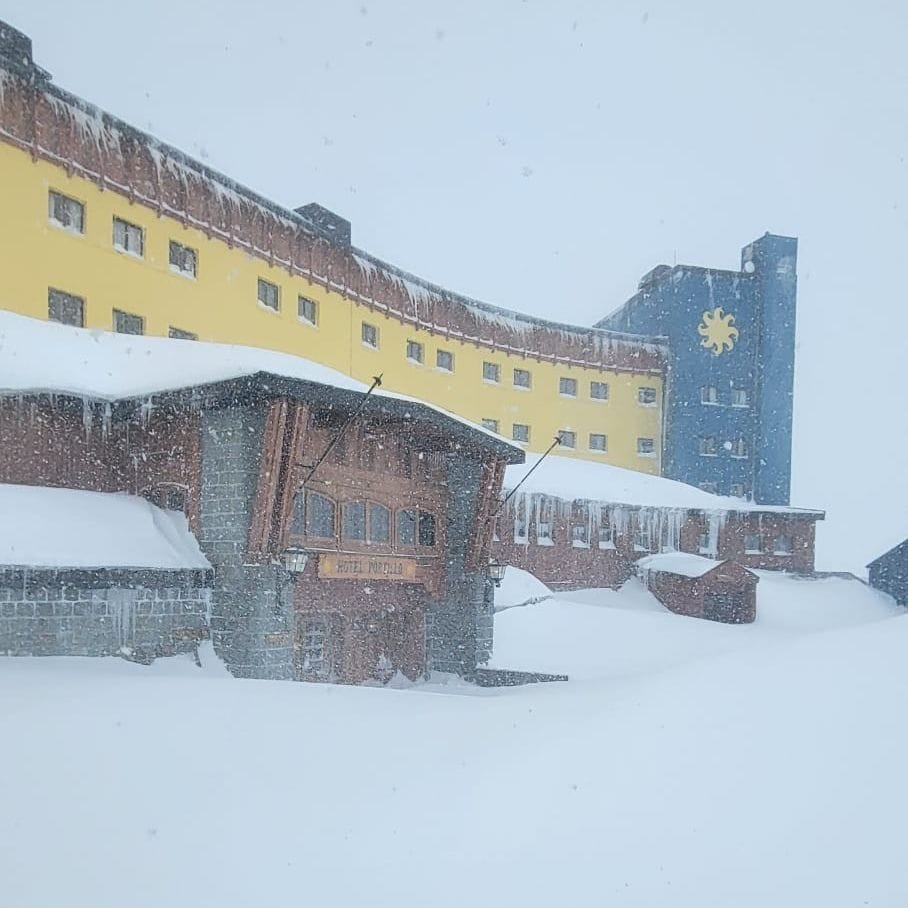Everest Blizzard: Hundreds Still Trapped as High-Altitude Rescue Continues
A powerful storm has stranded hundreds of trekkers above 4,900 m on Everest, where heavy rain at lower levels turned to intense snowfall higher up. Camps have been buried, routes cut off and hypothermia risks mounting. Clearer weather from Monday 6 October offers a crucial break for rescue efforts.
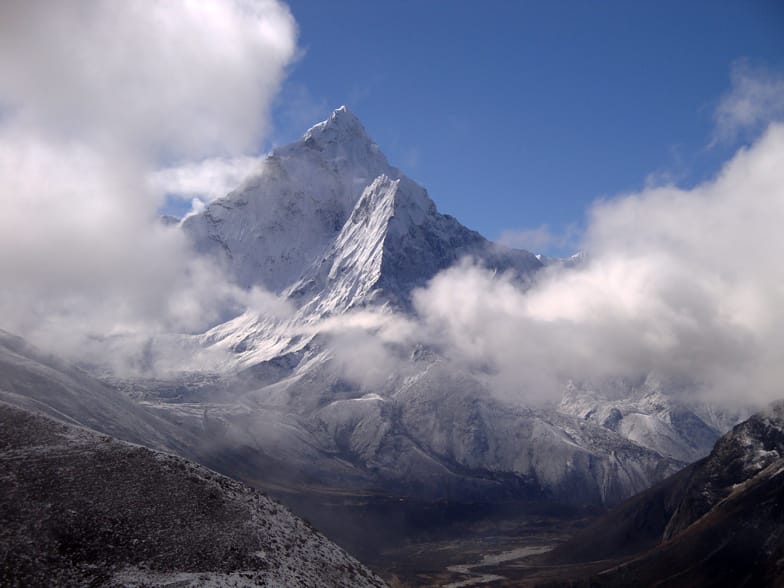
A powerful blizzard has struck the eastern slopes of Mount Everest, leaving almost a thousand people cut off in some of the most inhospitable terrain on Earth. Hikers are stranded in campsites and along trekking routes at altitudes above 4,900 metres (16,000 feet), where oxygen is scarce and temperatures have plunged below freezing.
The storm hit late on Friday and intensified overnight, dumping heavy snow and triggering whiteout conditions across the Tibetan side of the mountain. Access routes to the high camps have been choked with deep drifts, and several tents have reportedly collapsed under the weight of accumulating snow. Hypothermia cases have already been logged, and medical teams on standby say the risk of altitude sickness is growing with every passing hour.
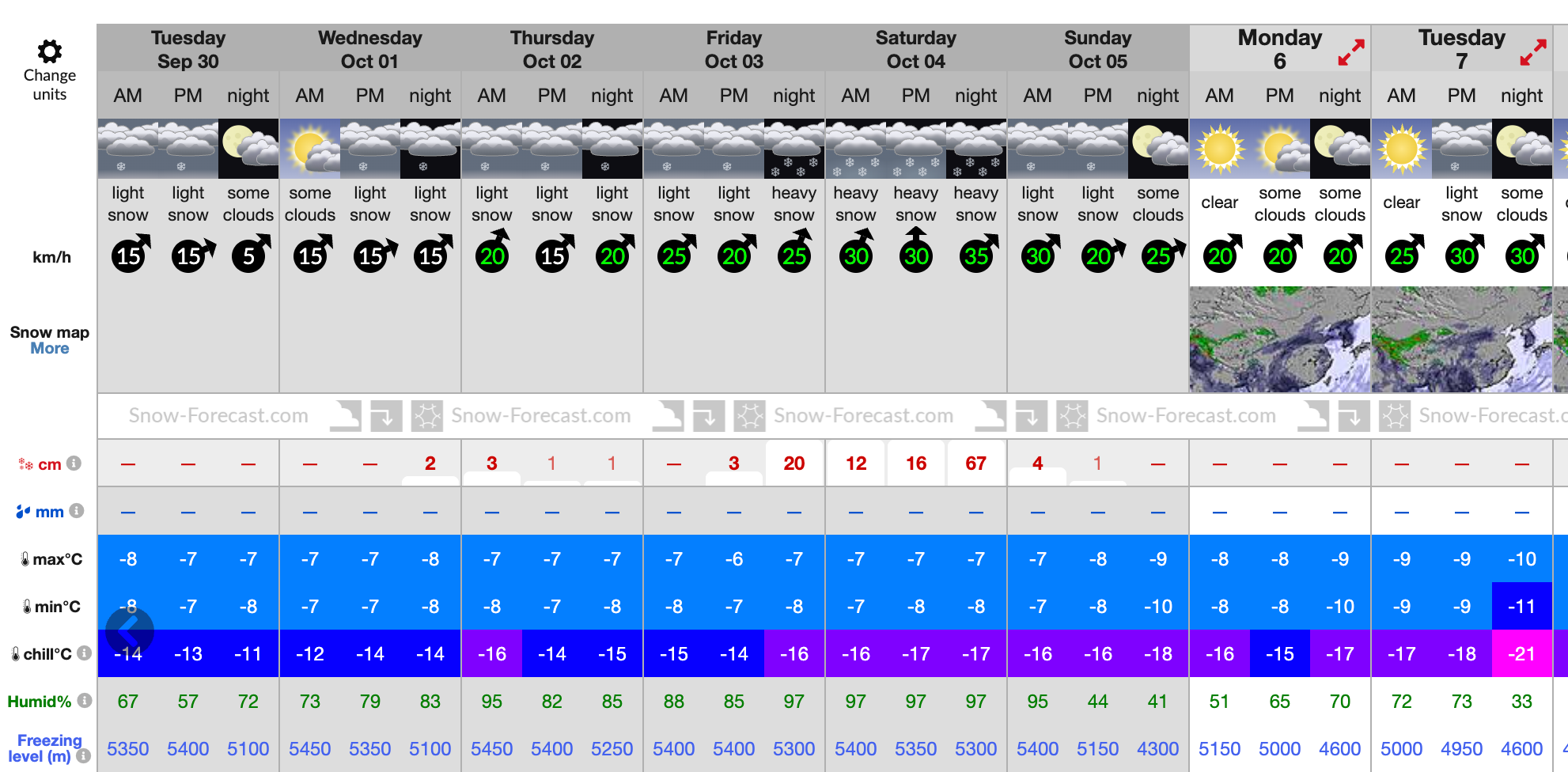
Rescue Efforts Underway
Rescuers have so far managed to evacuate around 350 people to the lower town of Qudang, but deteriorating conditions are making extraction efforts increasingly difficult. Local villagers, mountain rescue units and specialist teams have been mobilised to cut trails through the snow and clear blocked tracks. Authorities have sealed off the Everest Scenic Area and suspended ticket sales to prevent additional trekkers from entering the danger zone.
An estimated 200 to 300 people are still thought to be trapped at higher elevations, although numbers remain fluid. Communication with many groups has been patchy, and crews are working with only narrow safe-weather windows to reach those furthest up the mountain.
Everest Weather at Multiple Elevations Indicate Conditions
Our Everest weather hindcasts from both 4,300 m and 6,500 m clearly illustrates the vertical split that has defined this storm. What fell as heavy rain at lower elevations late in the week has been dumping as sustained heavy snow higher up the mountain, with temperatures at 6,500 m consistently between –7 °C and –10 °C and windchill plunging well below –15 °C.
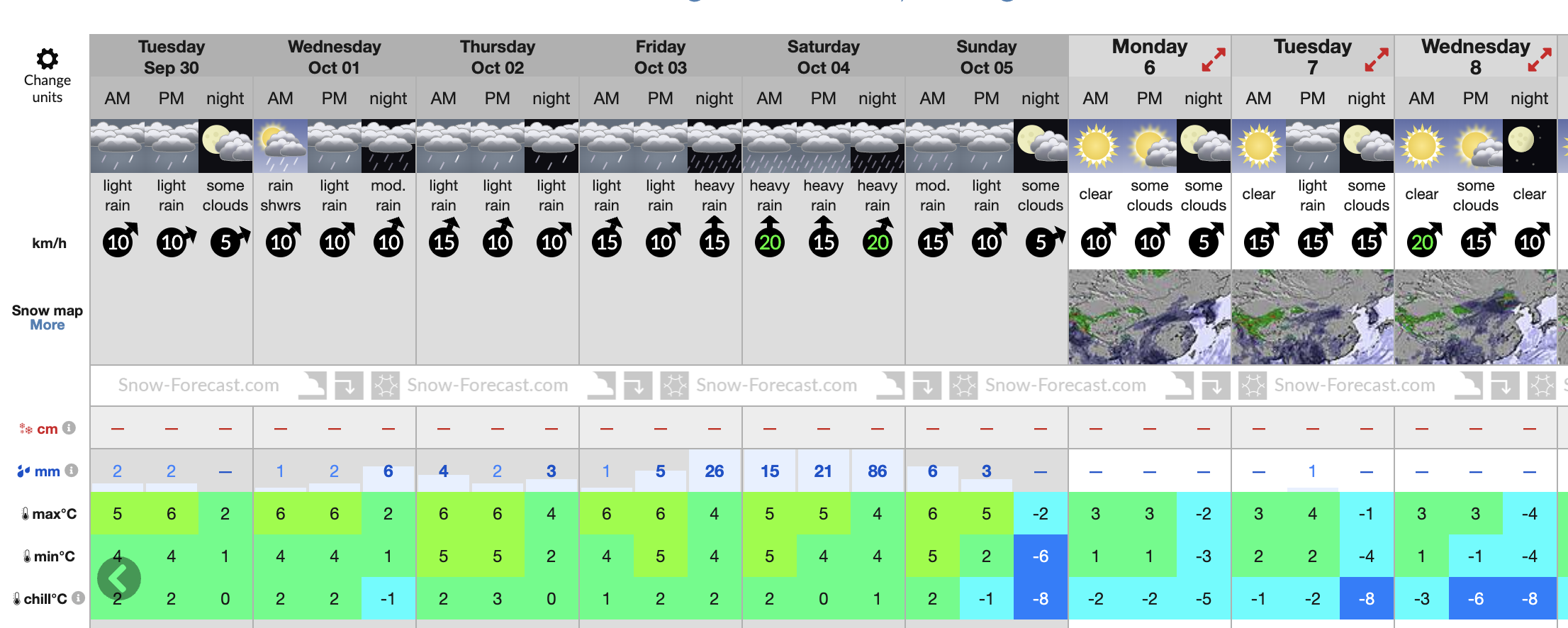
By contrast, freezing levels hovering around 5,200 m meant trekkers on the eastern approaches at roughly 4,900 m have been exposed to a dangerous mix of wet snow, sleet and rain. The good news is that from Monday 6 October the pattern breaks: skies are forecast to clear at all elevations with calmer winds and a notable drop in precipitation. Temperatures remain cold aloft, but freezing levels gradually lower through midweek, allowing rescue teams a vital window of relative stability to reach those still stranded and assess the damage left by the blizzard.
Wider Impacts Across the Region
The storm’s impact is being felt well beyond Everest itself. In neighbouring regions of Nepal, heavy rain linked to the same weather system has triggered landslides and flash floods, killing dozens and damaging roads, bridges and vital infrastructure. Travel and supply routes into the Himalaya have been severely disrupted, complicating the deployment of additional rescuers and equipment.
Conditions above 4,900 metres remain extremely hazardous. Low oxygen levels, sub-zero wind chill and potential avalanche risk are putting both victims and rescuers under intense pressure. Teams are working to stabilise pathways, reinforce shelters and prioritise evacuation for those showing signs of frostbite, exposure and acute mountain sickness.
Officials say the next 24 hours will be critical. Efforts are focused on clearing snow-blocked passageways, coordinating helicopter support where weather allows, and delivering food, heat packs and medical supplies to those still cut off in high camps. Despite the scale of the emergency, there have been no confirmed fatalities among the stranded hikers so far.
A Stark Reminder of Mountain Volatility
This latest Himalayan emergency has revived long-standing concerns around the increasing volatility of mountain weather patterns and the vulnerability of high-altitude trekking infrastructure. Veterans of the region point to past disasters—such as the infamous 1996 Everest storm and the 2014 avalanche in the Khumbu Icefall—as grim reminders of how quickly conditions can turn deadly.
For now, the situation remains fluid and dangerous. Rescue operations are continuing in short bursts between squalls, and authorities are urging families and tour operators to avoid speculation while contact with stranded groups is gradually re-established. As high winds and further snowfall loom, the priority is clear: reach the remaining hikers while safe access is still possible.

